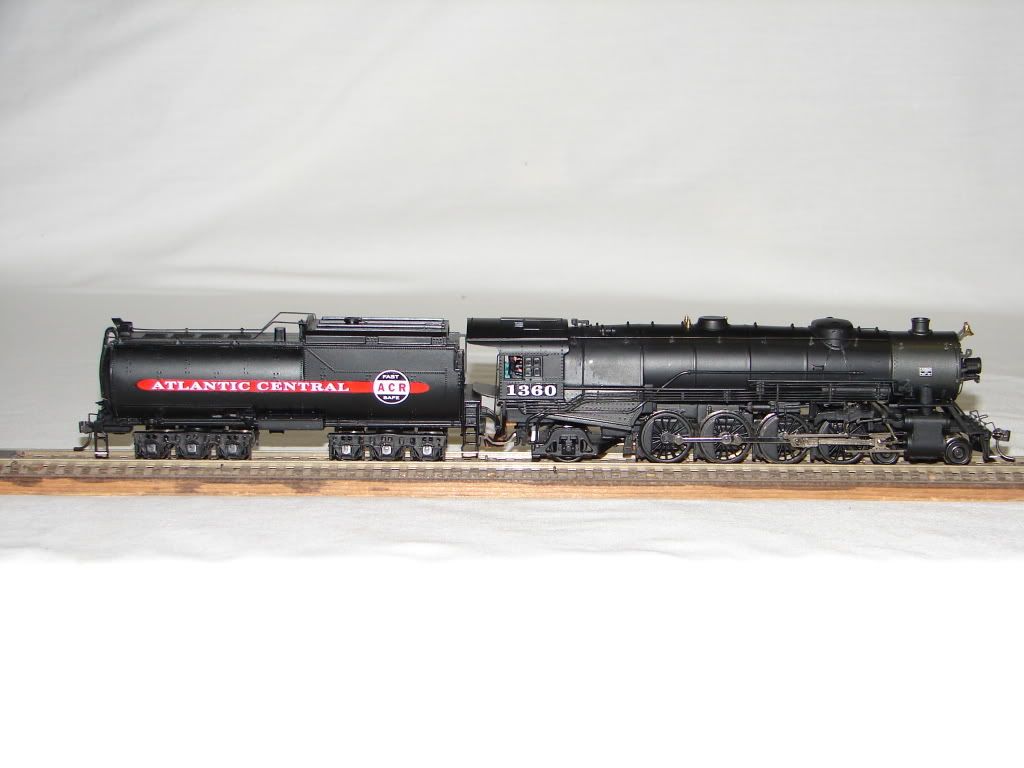The following are a number of small improvements I have developed, in some cases with the help of others, for many of the current and recent Bachmann HO locomotives, mostly those in their Spectrum line.
After mentioning some of these items in another post, John requested I elaberate. Much of this info I have posted before, either here or on the Bachmann board, but for those who missed those - here goes:
But first a disclaimer - I run DC, using Aristo Craft Train Engineer wireless throttles. Some of my performance related changes are directly related to the use these throttles or in some cases, you may see an improvement with any DC throttle, but maybe not to the same degree as the Train Engineer which has a pulse width modulated output.
Tip #1 - remove the motor circuit RF suppression capacitors. They are generally located on the circuit board often right near were the motor leads are attached. Sometimes they are disc type, on most newer models they are PC board type. Removing them will lower the starting speed and lower the slowest operational speed. It will also correct problems with some brands of aftermarket decoders.
This mod is especially effective on the 2-8-0, but does improve EVERY loco, and I have now removed ALL such capacitors.
I do this to all brands of products that have such RF filters in place. In addition to Bachmann, I have found them on some Intermountain and Proto2000 DC versions.
Tip #2 - add weight to the tenders - if you run long trains or do lots of backing, or back whole trains into staging, this will vertually eliminat





